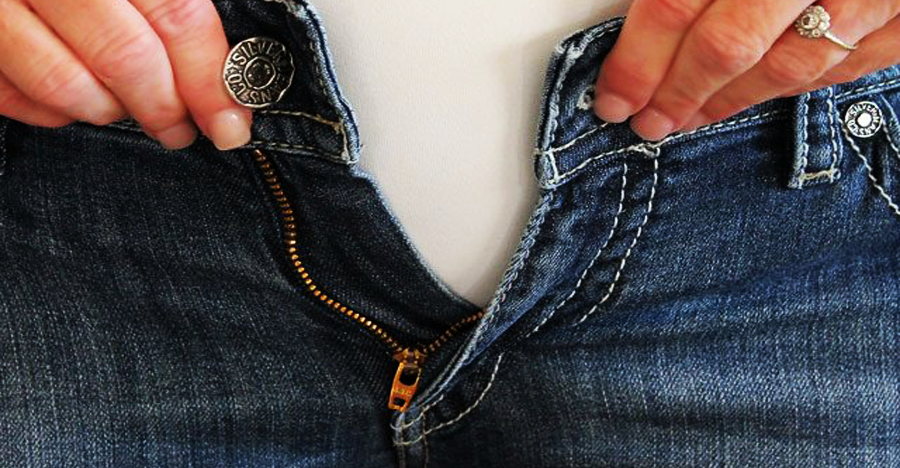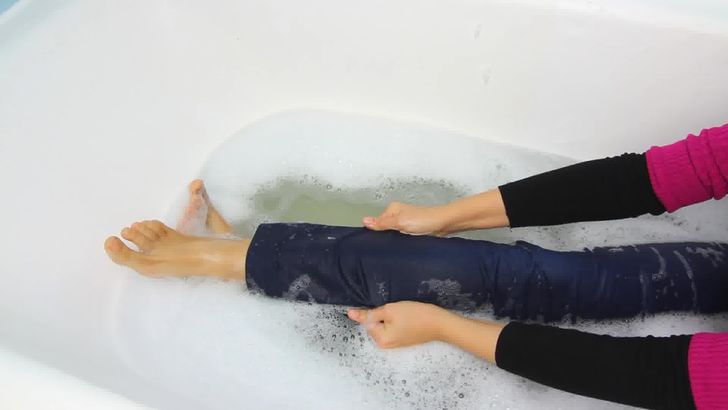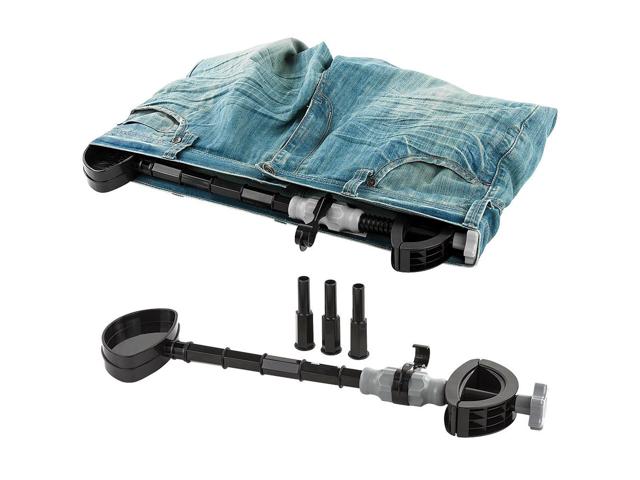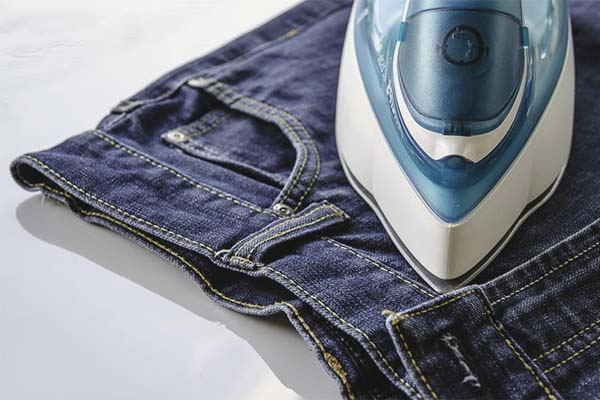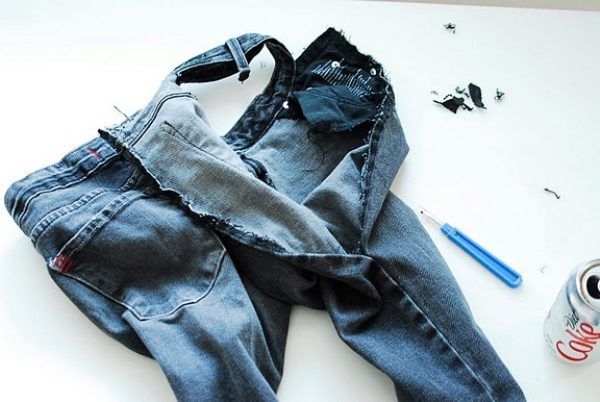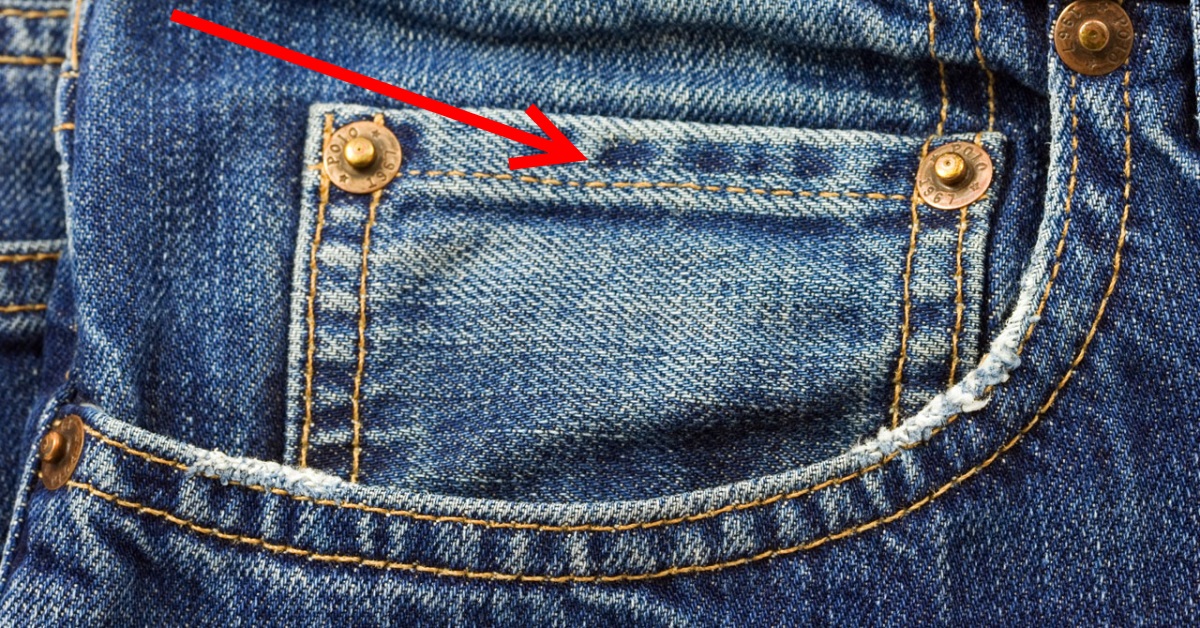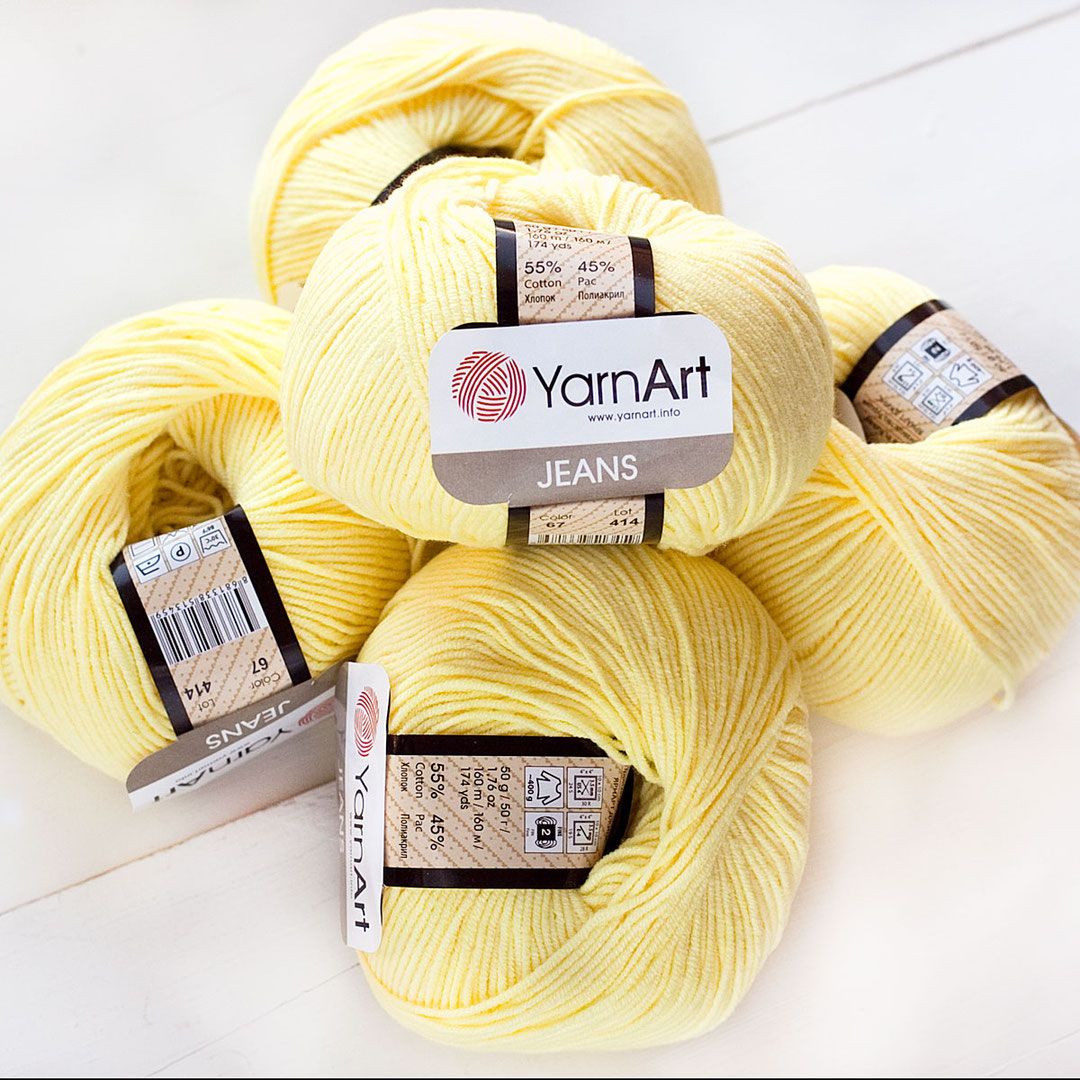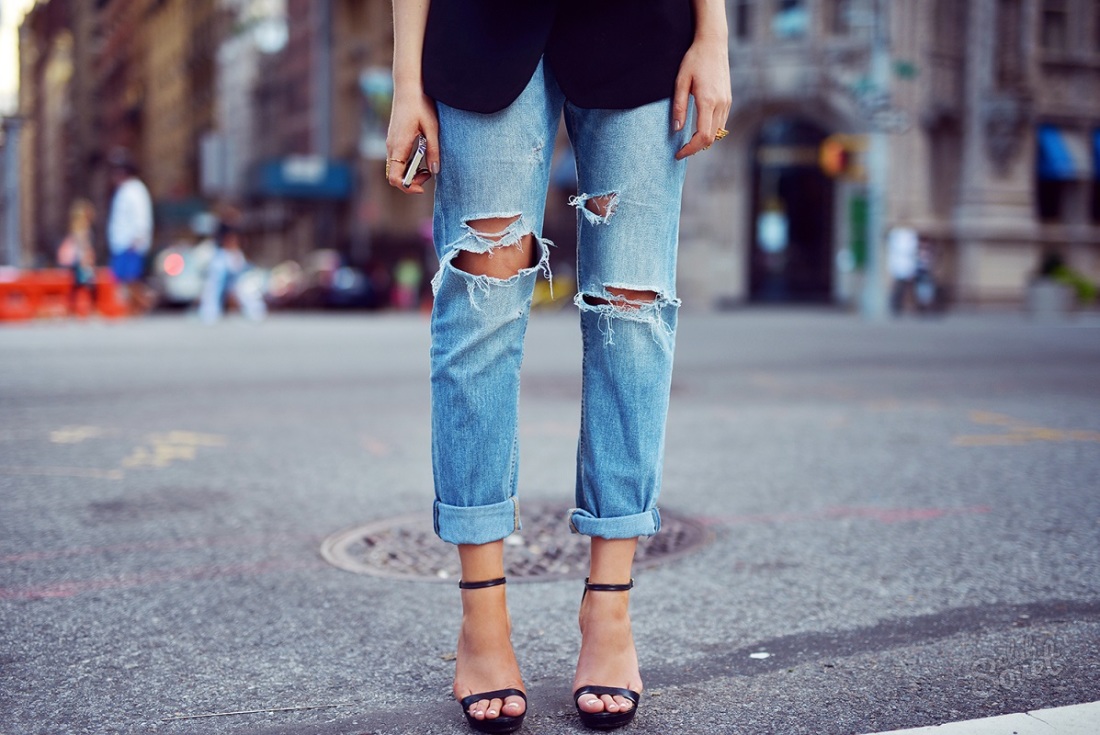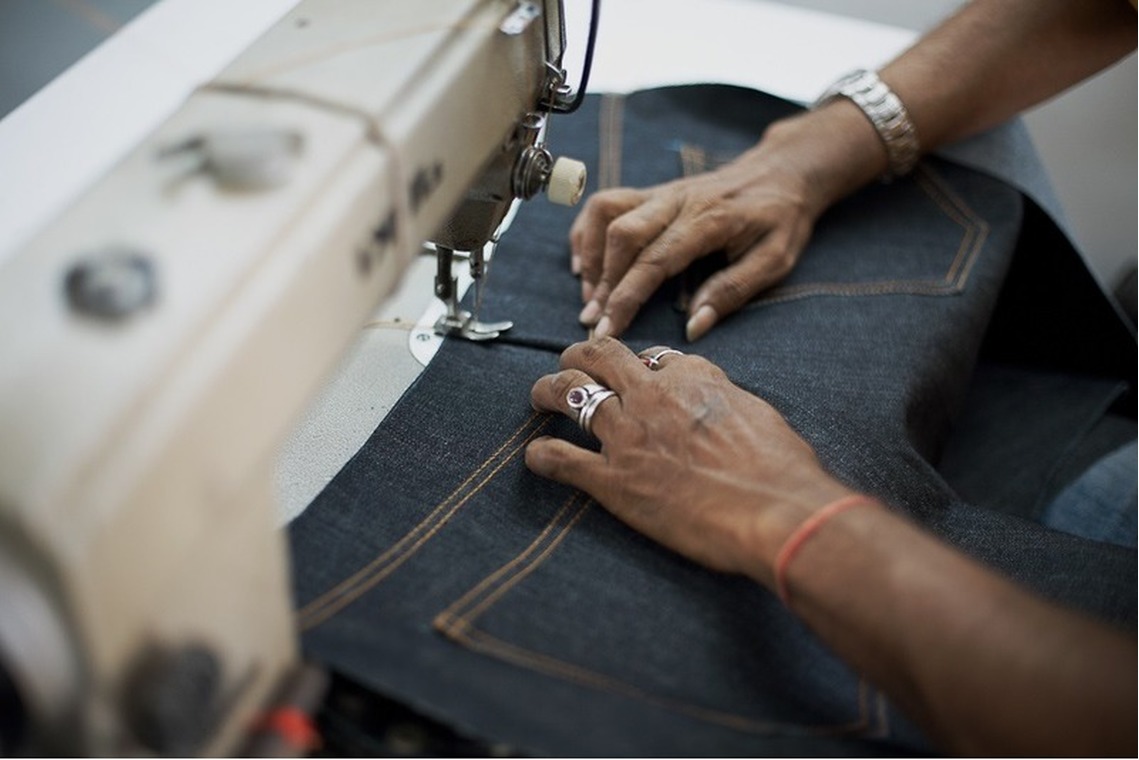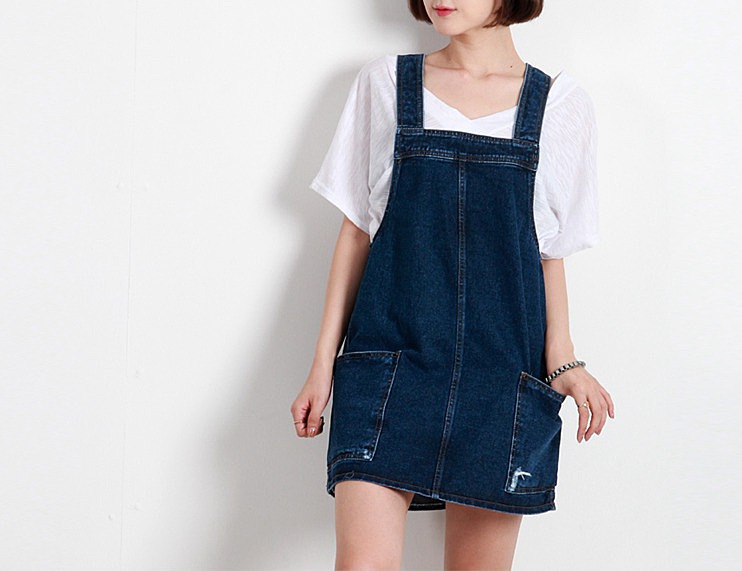Surely almost everyone has jeans that once fit perfectly, but then after washing they shrank and now they won’t button up. You can’t bring yourself to throw away a good thing, but you can’t wear them. So that shrunken things don’t take up space in vain, let’s find out how to widen jeans without resorting to the services of professional tailors or complicated methods.
Where do pants shrink most often?
First of all, you need to understand the reasons. Sometimes the reason is a change in the parameters of the figure. If you haven’t gained any extra weight, but your jeans won’t button anymore, it’s all about washing. Much depends on the quality of the fabric the item is made of. A low-quality item may shrink significantly in length or width. And items made of high-quality denim or stretch fabric will shrink only in areas.
Most often, problems occur in the following places:
- belt - this is why it is often impossible to fasten a button. But stretching the waist on jeans is not too difficult;
- pants legs - models like "skinny" or "slim-fit" are sewn from stretch fabric. You can expect that after washing the pants legs will become shorter. It would be correct to take into account the shrinkage effect when buying;
- hip area.
Having determined where the problem arose, they begin stretching at home.
Expansion methods
Before you start working, you should clearly define the desired result. Each method is just a variant of action. If the first did not help to achieve the goal, you should try the second and all the others. With due diligence, you will be able to save your favorite thing yourself.
There are several rules to consider when working:
- when stretching, do not pull on sewn-on elements (belt loops, fringe, embroidery, appliques). Do not stretch the fabric where decorative cuts are made. All this can lead to damage to the item, which is difficult to fix;
- You shouldn’t put a wet item on a light-colored fabric – dye stains may remain if the jeans fade;
- jeans cannot be washed in hot water or dried with hot air (hair dryer, fan heater) - this leads to shrinkage of the fabric. This should be taken into account when stretching, so as not to achieve the opposite effect.
Now let's move on to methods that will help make jeans more spacious.
Soaking
Water is the main assistant. Two main methods are used. For the first method, you will need a sprayer. Having spread the jeans on the floor (you can put oilcloth underneath), the fabric is sprayed on the problem area, thoroughly soaking it with water. After that, begin to stretch the pants in the desired direction. You can stretch jeans in the hips or waist by pulling out the seam that goes from the front to the back.
Before starting work, it is advisable to measure the pants. This way you can find out if there is a result. After finishing stretching, the item should be allowed to dry. If the result is less than expected, repeat the procedure several times.
The second method is more difficult to perform, but is highly effective. You need to fill the bath with warm water, lay a cloth on the floor (something you don’t mind getting dirty) and take a bath in the problem jeans. For the work to be effective, the jeans need to be buttoned up (this is easier to do if you lie down on the floor in them and pull your stomach in as much as possible while inhaling). The stretching procedure looks like this:
- After getting into the bathtub with your jeans on, let the fabric soak thoroughly (it will take about 10 minutes);
- standing in the bathtub, squeeze out as much water as possible and go out in wet jeans onto a piece of fabric;
- Do squats and other exercises that require stretching your pants for 30-40 minutes.
Then the dried jeans need to be removed and left to dry. The method helps to stretch the trousers well in the legs. However, it is necessary that the house is warm.
Using an expander
An excellent answer to the question of how to widen jeans at the waist is to use a special expander. Such devices are used in dry cleaners. You can buy an expander in a dry cleaners equipment store or use an improvised one - a large hanger with thick shoulders.
The fabric needs to be moistened, then stretched over the expander and left until completely dry. If you use a professional device, you can insert it into the belt and then expand it to the desired size (don’t forget to measure it first!). It's easier than putting wet pants on a hanger. After drying, the item should be 1-2 sizes bigger.
Ironing and steaming
Hot air and droplets of moisture are great for stretching thick fabric. It restores elasticity to the fibers, so you can expand the item in the problem area using a steamer or iron.
The procedure is quite simple:
- using a steamer, the fabric of the problem area is thoroughly heated and saturated with steam;
- jeans are put on and buttoned immediately;
- Jeans should be worn for 1-1.5 hours so that the fabric takes on a new shape and “remembers” the increased size.
If the effect is insufficient the first time, you can repeat the procedure.
Reducing seam allowances
If the above procedures do not help, you will have to take up a needle and scissors. These are more labor-intensive methods, requiring at least the basics of tailoring. But the effect from them is much more noticeable.
Reducing allowances is a method that allows you to gain no more than 0.5 cm. But the item processed in this way can look no worse than a new one. Here is the algorithm of work:
- jeans are turned inside out;
- the seams in the problem area are ripped apart. It's not a big deal if you have to rip them along the entire length, it will just take a little more time to do the job;
- The seams are basted "on a live thread" with reduced allowances.
After that, all that's left is to stitch the new seams on the machine. You can also embroider the item by hand, but it's too labor-intensive.
Inserting stripes
This is already an extreme measure, which can be resorted to only if the previous options did not bring the desired result. After inserting stripes, the look of the item will be different than initially, often it is no longer suitable for going out. But the ability to use jeans at least somehow is still better than the absolute impossibility of wearing them even in the garden or outdoors. And if you use your imagination, the inserts can even be turned into decorative ornaments.
The main thing is to correctly determine the shape and size of the insert. You will have to arm yourself with a meter and carefully measure all the parameters. And do not forget to make an allowance of 2 cm for the seams! It is also important that the insert material matches the main one in color and texture.
The seams are ripped open in a narrow place and the stripe is inserted, basting it "on a live thread". After a successful fitting, the seams are stitched on a machine. You can decorate the stripe with embroidery or applique.
In this way, you can save almost any denim item and return it to active use. You just need to make an effort and not be afraid to experiment!
Video

